Resurrecting the Work of Gordon Alexander: Grasshopper Communities and our Changing Climate9/23/2016
Dr. César Nufio has examined a vast number of grasshoppers to understand the impacts of climate change on insects in the Rocky Mountains of Colorado. To be precise, the number of specimens he has captured and processed over the last 10 years has exceeded 180,000 from grassland communities found along a high plains to subalpine gradient. Nufio’s National Science Foundation funded research combines extensive field surveys with comparisons of museum collections, weather data, and laboratory and field experiments. The entire project started with his discovery of a collection of 25,000 pinned and label grasshopper specimens and three data notebooks at the University of Colorado’s Natural History Museum. These pinned specimens and notebooks, which are part of the Gordon Alexander Collection, were part of several field studies conducted over 50 years ago.
In 2006, Nufio began resurveying the same sites that Alexander had nearly half a century ago. Nufio wanted to understand how climate had changed along the gradient and how this change might impact the timing of grasshopper life history events (when they hatched and how fast they developed), their elevational ranges and demography (population size, longevity, reproductive rates), and body sizes. All of these questions could be addressed comparing his recent findings to the observations made by Alexander.
In addition to examining phenology, Nufio more recently was interested in the demographic changes among species over the elevational gradient. He observed that species with short wings showed a reduction in body length with no change in reproductive output with increasing elevation. Conversely, grasshoppers with long wings showed no change in body size but a reduction in reproductive output. Nufio also examined changes in weight, longevity, and reproduction over time in response to temperature using a caged field experiment. During a warm year, he found that females tended to be heavier, live longer, and laid more eggs (more on demography: Article). While these subalpine grasshoppers appear to be benefiting from warming, his surveys suggest that those at the bottom of the mountain may be negatively affected by warm years.
Comments are closed.
|
Categories
All
Archives
June 2024
|
Department of Entomology
University of Maryland
4112 Plant Sciences Building
College Park, MD 20742-4454
USA
Telephone: 301.405.3911
Fax: 301.314.9290
University of Maryland
4112 Plant Sciences Building
College Park, MD 20742-4454
USA
Telephone: 301.405.3911
Fax: 301.314.9290

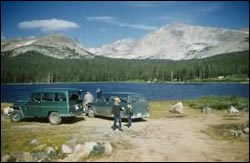
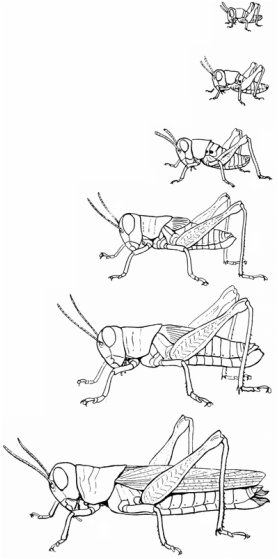
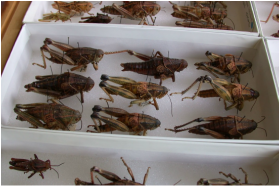
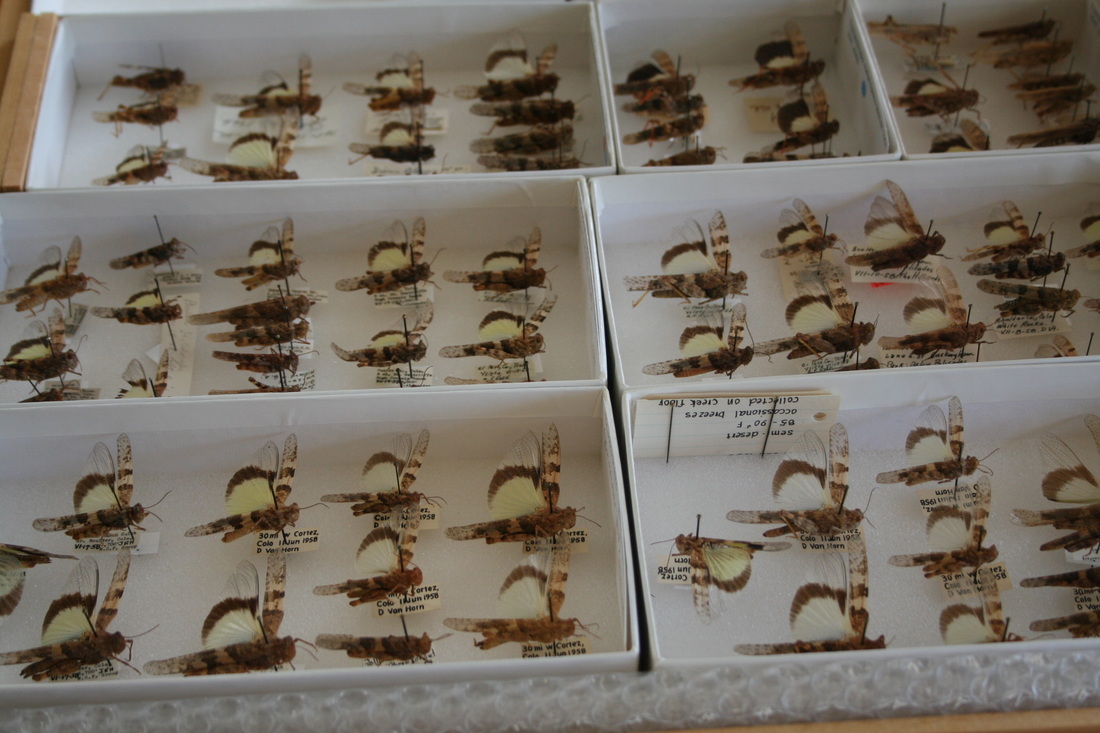
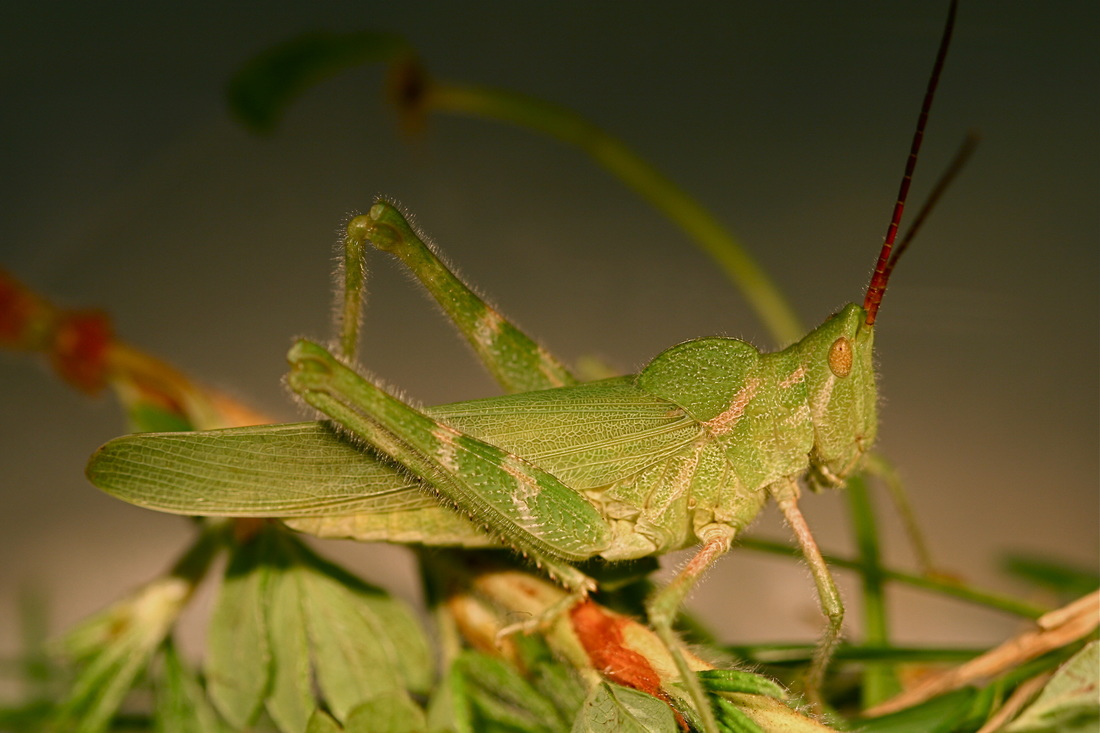
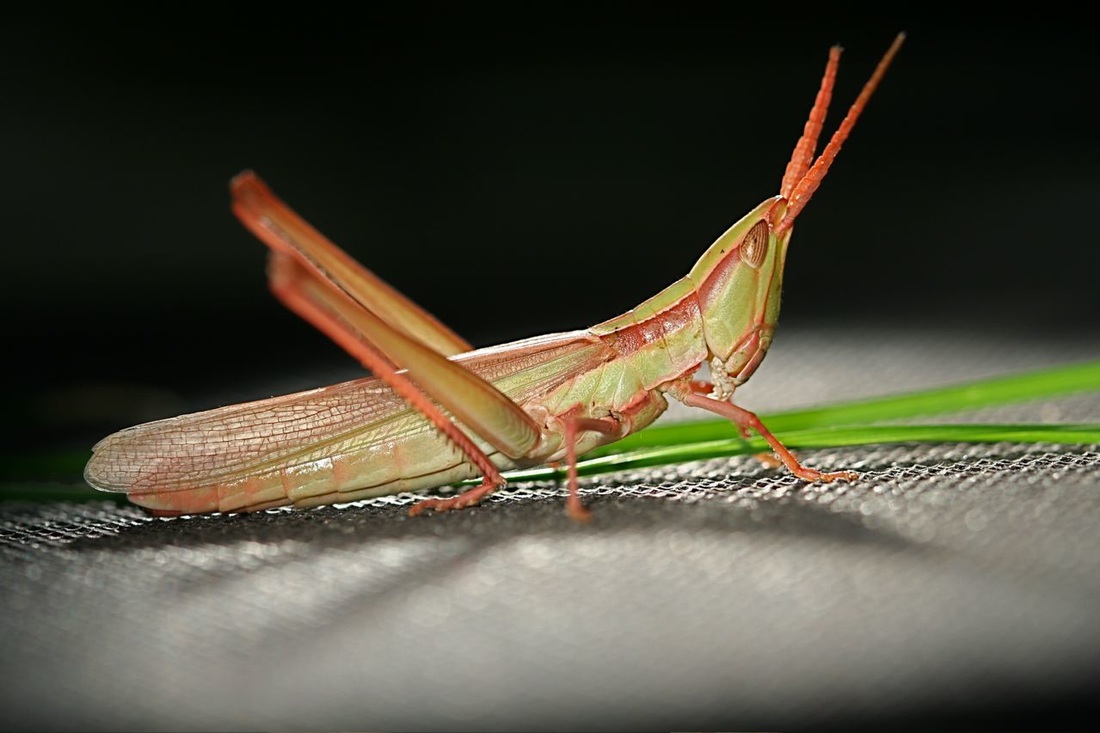
 RSS Feed
RSS Feed




